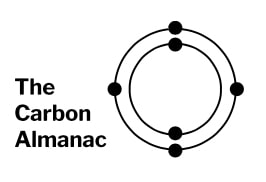Have you ever heard of eelgrass? It might sound kind of scary, particularly for a timid paddler in the ocean shallows, but it is in fact a type of seagrass, which as this National Observer article describes, “is a haven for marine species that feed, seek shelter, and spawn there. In Atlantic Canada, it’s a key habitat for about 25 different fisheries, including eels, lobster, flatfish and salmon.”
For Indigenous people, like those of Pictou Landing First Nation, eelgrass beds provide “vital habitat for lobsters, crabs, tiny invertebrates and a range of other species, including [the] eels”. Sadly, over the past decades eelgrass has disappeared from its earlier ranges due to “warming waters, invasive species, human activities that disrupt the seafloor, and pollution.” This has a serious impact not just on fisheries but also “has significant implications for coastal sustainability, biodiversity, and carbon sequestration, according to scientists trying to stem its decline throughout the Northern Hemisphere.”
Enter the Community Eelgrass Restoration Initiative (CERI) that is working on restoring eelgrass around the coastline of Nova Scotia by planting seedlings as well as obtaining and examining mud samples to measure the carbon stored in the sediment.
Watch this space as CERI continues to work to restore eelgrass.
If you enjoyed this article, click here to join the Daily Difference, a newsletter to help everyone around the world in taking action and making a significant positive impact. It’s not too late. The earth needs passionate people like you to spread the word and create meaningful change.

